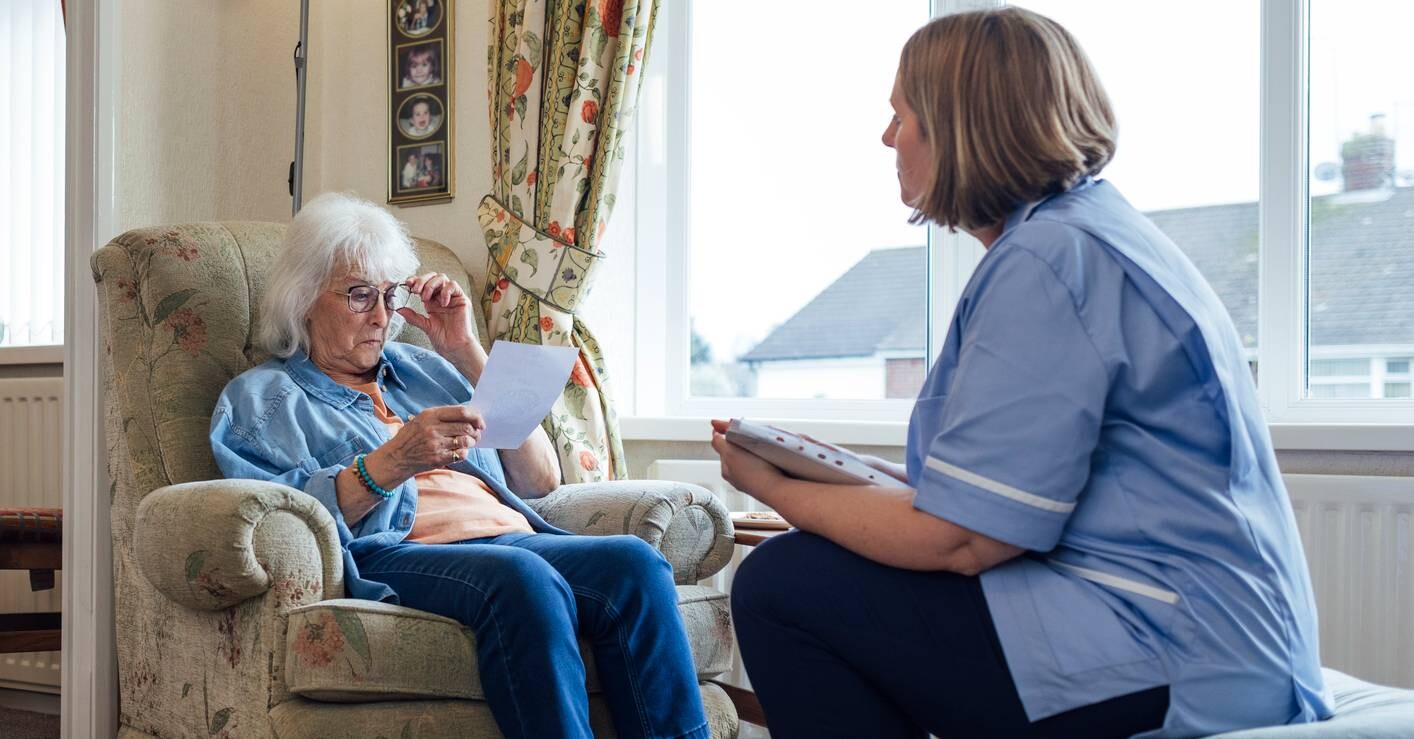Study to assess health visitor tool for identifying infants at risk

The Institute of Health Visiting (iHV) has joined forces with the Royal Foundation Centre for Early Childhood to launch a study to assess a new tool designed for supporting health visitors’ efforts in identifying infants at risk.
A grant from the Royal Foundation will be used to set up small-scale field trials across two sites – South Warwickshire NHS Foundation Trust and Humber Teaching NHS Foundation Trust – to gauge the acceptability and feasibility of implementing the tool to support the promotion of infant wellbeing and social development.
Related Article: New preceptorship package for social care nurses
Health visitors involved in the study will be trained in the use of the Alarm Distress Baby Scale (ADBB). This is designed to aid the observation and interpretation of different aspects of babies’ social behaviours, such as eye contact, facial expression, vocalisation, activity levels and how they connect with the people and world around them.
The tool will be used as part of the health visitor’s routine visit with all families, with the aim of helping practitioners and parents to better understand the ways babies express their enjoyment as well as the things that they are finding more difficult.
Related Article: Applications to study nursing in England at ‘new low’
The findings from the study – led by Professor Jane Barlow of the University of Oxford – will be used to provide insight on the implementation of ADBB with families in England.
The iHV said the trials also have the potential to inform implementation in other sites looking to enhance their support to families across the UK.
Professor Barlow said: ‘This is a very exciting opportunity to focus on babies’ behaviour, using the new observation tool, the ADBB. We can learn so much by using it and potentially help identify those families where additional support might be needed.’
Related Article: Paul Rees appointed as permanent NMC chief executive and registrar
Currently, the National Commissioning Guidance for health visiting does not recommend the use of any specific tool, with choice left to local decision making.

See how our symptom tool can help you make better sense of patient presentations
Click here to search a symptom




